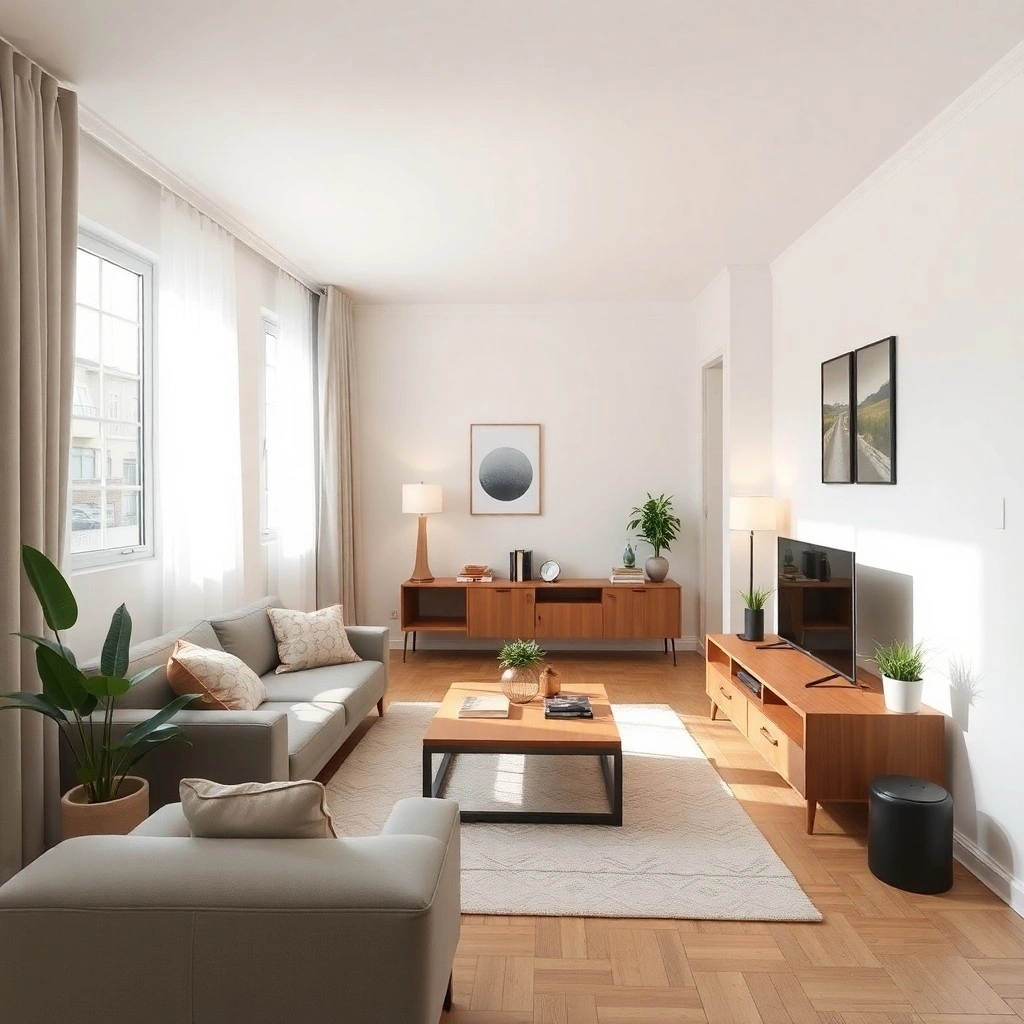Living in a small apartment can often make you feel cramped and stifled, but it doesn’t have to be that way! Our living room small apartment ideas will transform your limited space into a cozy oasis with innovative living room ideas that maximize every inch. The secret is blending style with functionality, ensuring that your living area not only looks great but also serves your daily needs. From multifunctional furniture to creative storage solutions, we’ll guide you through ten clever design strategies that celebrate compact living. Say goodbye to clutter and hello to an inviting atmosphere that reflects your personality and lifestyle. Whether you’re a minimalist or love a bit of flair, these adaptable tips will help you create a living room that feels spacious, chic, and truly yours. Let’s dive into these transformative ideas and unlock the full potential of your small space!
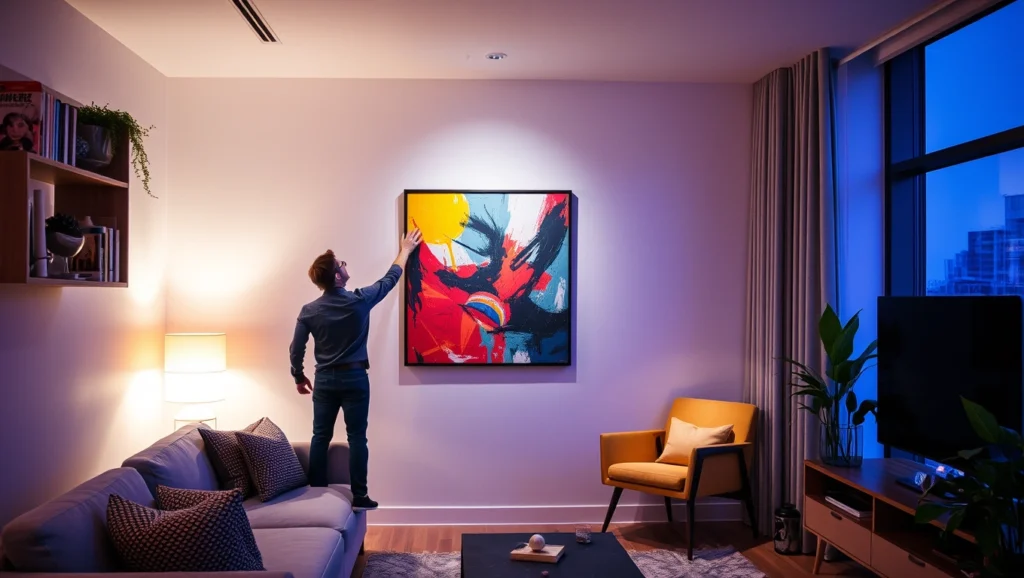
Understanding the Challenges of Small Apartment Living Rooms
Living in a small apartment presents a unique set of challenges, especially when it comes to designing the living room. The limited space can often lead to a cramped and cluttered environment, making it difficult to relax and entertain guests. One of the primary obstacles is finding a balance between having enough seating and maintaining an open, airy feel. You might find yourself struggling to fit in essential furniture pieces without making the room feel overcrowded.
Another common issue is the lack of storage. Small living rooms often lack built-in storage options, which can lead to a buildup of clutter. Without adequate places to store items, even the most well-designed space can quickly become chaotic. This lack of storage not only affects the room’s functionality but also its aesthetic appeal, as clutter can make the space feel even smaller.
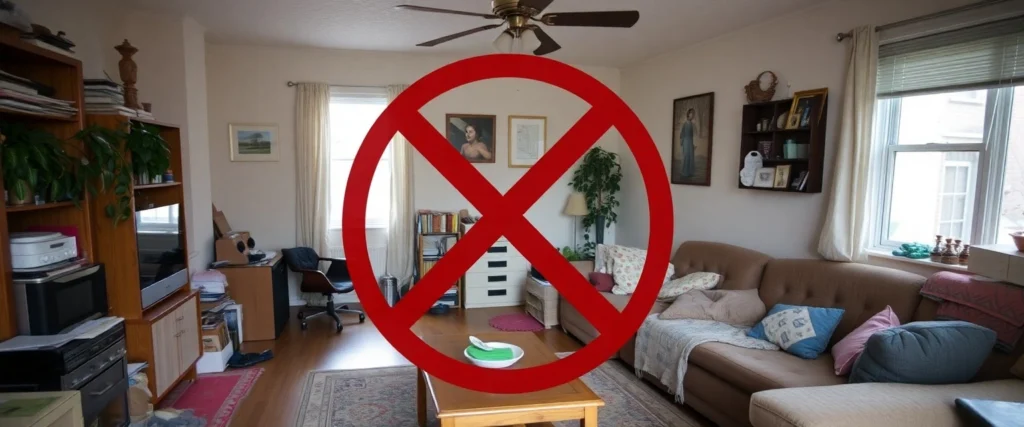
Additionally, small living rooms can be challenging in terms of layout. Finding a configuration that maximizes the space while ensuring that the room remains functional can be tricky. The placement of furniture, the flow of foot traffic, and the need for multi-functional pieces all need to be carefully considered to create a cohesive and efficient living area.
The Importance of Space Optimization
Optimizing space in a small living room is crucial for creating a comfortable and functional environment. Every inch counts, and making the most of the available space can significantly enhance the room’s usability. One of the key aspects of space optimization is the strategic placement of furniture. By arranging pieces in a way that maximizes floor space and promotes ease of movement, you can create an open and inviting atmosphere.
Another important factor is the use of multifunctional furniture. Pieces that serve multiple purposes, such as a sofa bed or a coffee table with storage, can help to reduce the number of items in the room, freeing up valuable space. This approach not only saves space but also adds to the room’s versatility, allowing it to adapt to different needs and activities.
In addition to furniture placement and multifunctional pieces, incorporating smart storage solutions is essential for optimizing space. Utilizing vertical space with shelves and wall-mounted storage can help to keep the floor clear and open. Built-in storage options, such as under-sofa drawers or ottomans with hidden compartments, can also provide much-needed storage without taking up additional space.
Color Schemes That Make Small Spaces Feel Larger
Choosing the right color scheme can have a significant impact on how spacious a small living room feels. Light and neutral colors are often recommended for small spaces, as they reflect light and create an airy, open atmosphere. Shades of white, beige, and light gray can help to visually expand the room, making it feel larger and more inviting.
Another effective approach is to use a monochromatic color scheme. By sticking to varying shades of a single color, you can create a cohesive and harmonious look that doesn’t overwhelm the space. This technique helps to avoid visual clutter and promotes a sense of continuity, which can make the room feel more expansive.
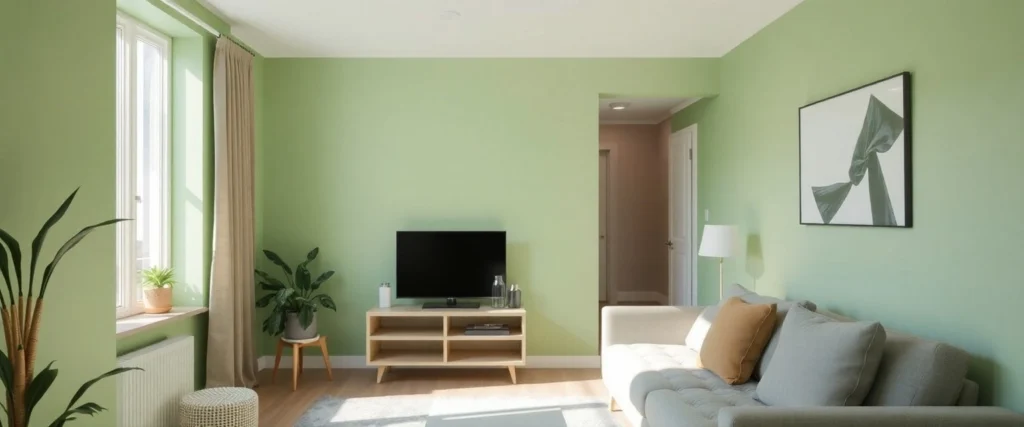
Incorporating accent colors can also enhance the perception of space in a small living room. By adding pops of color through accessories, such as cushions, rugs, and artwork, you can create focal points that draw the eye around the room. This helps to create a sense of depth and dimension, making the space feel larger and more dynamic.
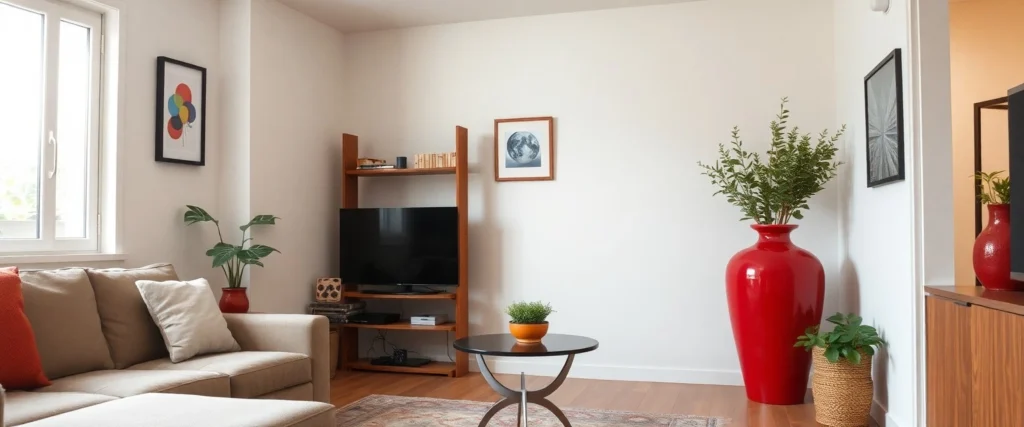
Multi-Functional Furniture: The Key to Saving Space
Multi-functional furniture is a game-changer for small living rooms, especially for renters, by offering practical solutions that maximize space without sacrificing style. One of the most popular options is the sofa bed, which provides comfortable seating during the day and a cozy sleeping area at night. This dual-purpose piece is perfect for accommodating guests without taking up extra space.
Another versatile piece of furniture is the storage ottoman. Not only does it serve as a footrest or additional seating, but it also offers hidden storage for items like blankets, magazines, and remote controls. This helps to keep the living room tidy and organized while still providing the functionality you need.
Coffee tables with built-in storage or adjustable heights are also excellent choices for small living rooms. These tables can provide extra storage space for books, games, and other items, while the adjustable height feature allows them to be used as dining tables or workspaces when needed. This flexibility ensures that your furniture adapts to your lifestyle, making the most of your limited space.
Wall-mounted storage is another excellent option for small living rooms. Floating shelves, wall-mounted cabinets, and pegboards can all be used to store and display items without taking up valuable floor space. This not only helps to keep the room organized but also adds visual interest and personality to the space.
Using storage baskets and bins is a simple yet effective way to keep smaller items organized. Placing these containers on shelves, under furniture, or in cabinets can help to corral items that might otherwise contribute to clutter. Additionally, choosing stylish storage containers that complement your decor can enhance the room’s aesthetic appeal while providing practical storage solutions.
Incorporating wall decor can help to draw the eye upward, creating the illusion of a larger space. Hanging artwork, mirrors, and other decorative items at varying heights can add visual interest and depth to the room. Mirrors, in particular, can reflect light and make the room feel more open and spacious.
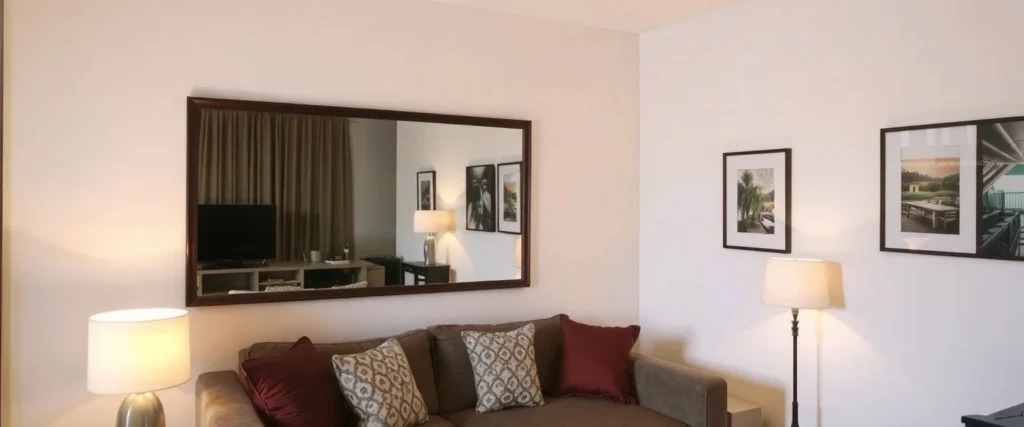
Lighting to Enhance Living Room Small Apartment Ideas
Proper lighting is essential for making a small living room feel open and inviting. One of the most effective strategies is to use a combination of different light sources to create a layered effect. Ambient lighting, such as ceiling fixtures or recessed lights, provides overall illumination, while task lighting, like table lamps or floor lamps, offers focused light for specific activities.
Incorporating accent lighting can also enhance the room’s ambiance and highlight key features. For example, using wall sconces or LED strip lights to illuminate shelves or artwork can add a warm and welcoming glow. This not only enhances the room’s aesthetic appeal but also helps to create a sense of depth and dimension.
Maximizing natural light is another important aspect of lighting small living rooms. Keeping window treatments light and airy allows more natural light to filter in, making the space feel brighter and more open. Additionally, placing mirrors strategically can help to reflect natural light around the room, further enhancing the sense of space.

Layout Ideas for a Cozy and Functional Living Room
Creating a functional and cozy layout in a small living room requires careful planning and consideration. One effective approach is to arrange furniture in a way that promotes easy movement and flow. For example, placing the sofa against a wall and positioning other seating options around it can create a comfortable and inviting seating area without obstructing pathways.
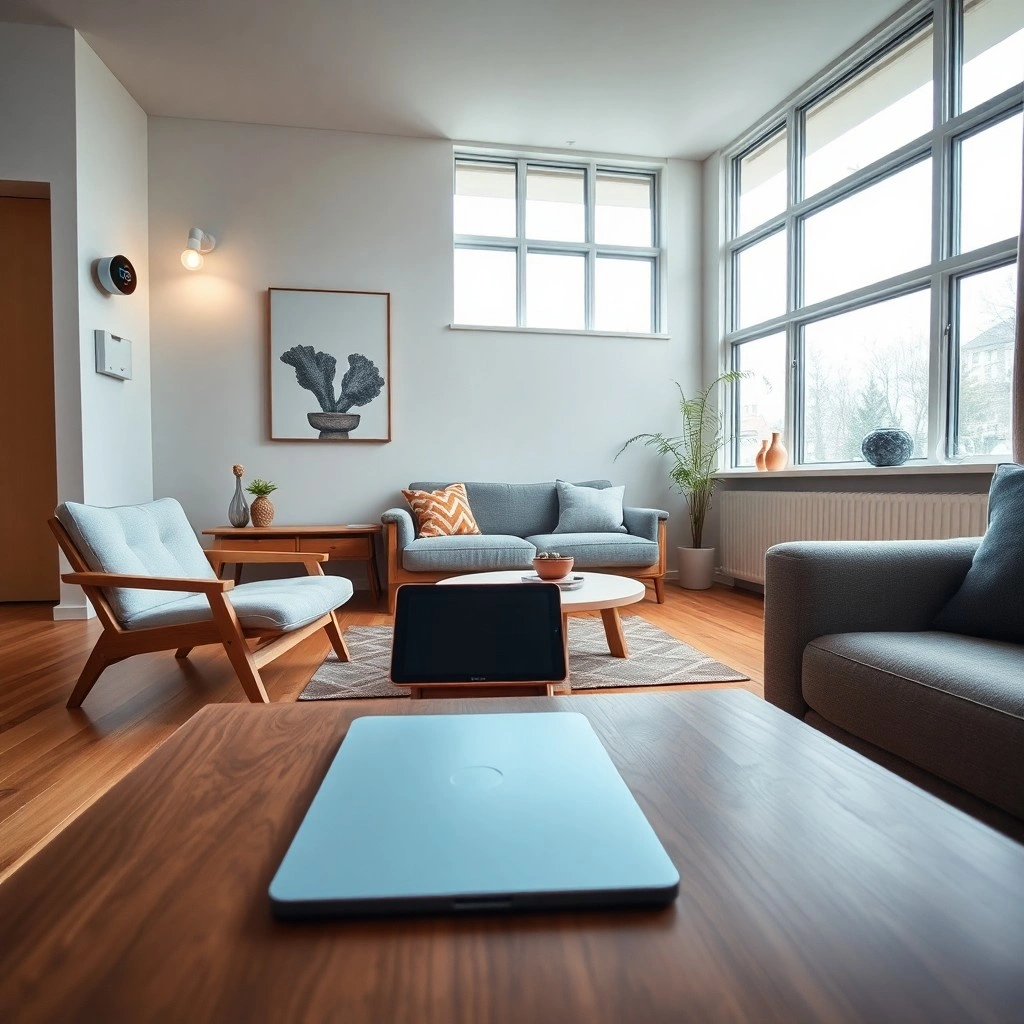
Another important aspect of layout planning is to ensure that each piece of furniture serves a purpose and contributes to the room’s functionality. Multi-functional pieces, such as a sofa bed or an ottoman with storage, can help to maximize space while providing the necessary seating and storage options. Additionally, choosing furniture with a smaller footprint can help to keep the room feeling open and airy.
Incorporating zones within the living room can also enhance its functionality. Creating separate areas for different activities, such as a reading nook, a media center, or a workspace, can help to make the most of the available space. By using rugs, lighting, and furniture placement to define these zones, you can create a versatile and adaptable living area that meets your needs.
Incorporating Plants for a Fresh and Inviting Atmosphere
Adding plants to your small living room is an excellent way to create a fresh and inviting atmosphere. Not only do plants add a touch of nature and beauty to the space, but they also help to improve air quality and promote a sense of well-being. Choosing the right plants and incorporating them thoughtfully into your decor can enhance the room’s overall aesthetic and ambiance.
One effective way to incorporate plants is to use vertical space. Hanging planters, wall-mounted shelves, and plant stands can all be used to display greenery without taking up valuable floor space. This not only adds visual interest to the room but also helps to create a sense of depth and dimension.
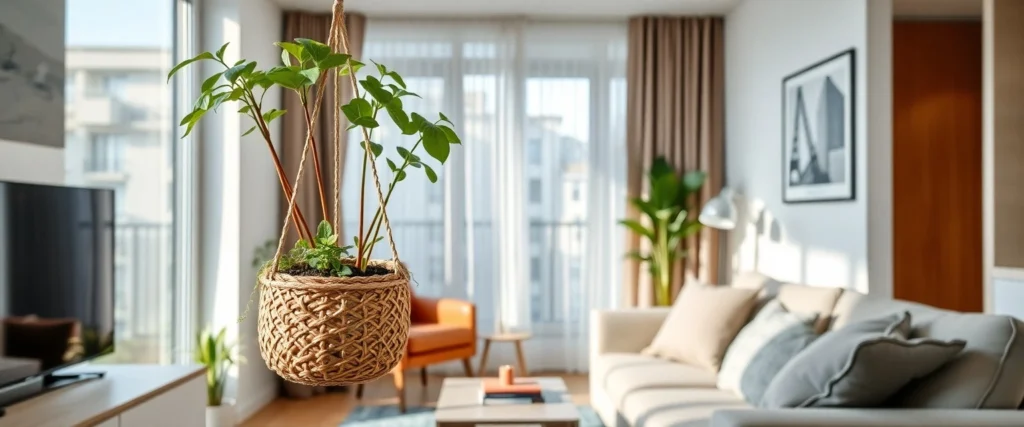
Selecting plants that are well-suited to indoor environments and require minimal maintenance is key to ensuring they thrive in your small living room. Some excellent options include succulents, snake plants, and pothos, which are all known for their resilience and low care requirements. By choosing a variety of plants with different shapes, sizes, and textures, you can create a dynamic and visually appealing arrangement.
Conclusion: Embracing Minimalism in Small Living Spaces
Embracing minimalism is a powerful approach to maximizing space in small living rooms. By focusing on simplicity and functionality, you can create a clean, uncluttered environment that feels open and inviting. This involves carefully selecting furniture and decor that serve a purpose and contribute to the overall aesthetic without overwhelming the space.
One of the key principles of minimalism is to eliminate unnecessary items. This means decluttering regularly and being mindful of what you bring into the room. Choosing multi-functional furniture and smart storage solutions can help to keep the space organized and free of excess items. This not only enhances the room’s functionality but also promotes a sense of calm and tranquility.
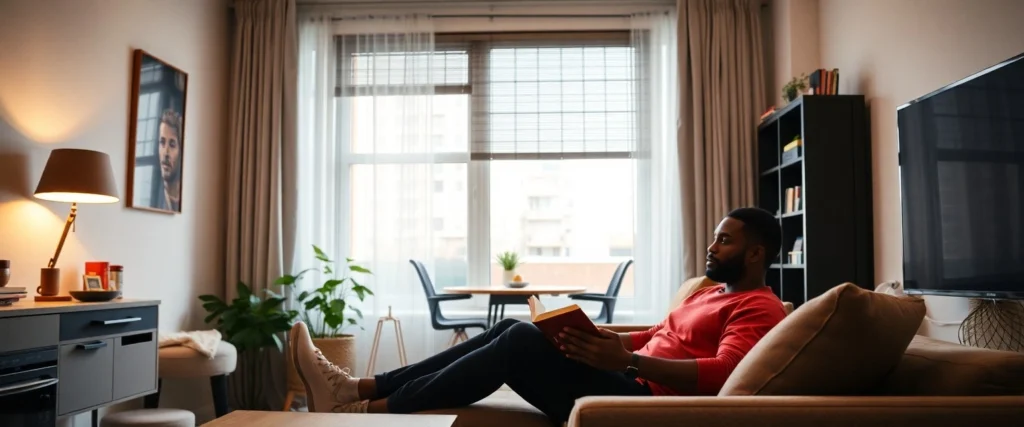
Ultimately, embracing minimalism in small living spaces is about creating a harmonious and balanced environment that reflects your personality and lifestyle. By thoughtfully curating your living room and making the most of the available space, you can transform it into a cozy, stylish, and functional oasis that you can truly enjoy.



